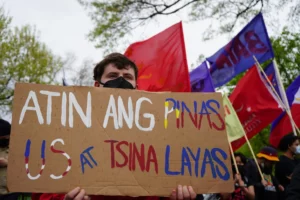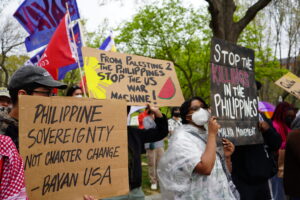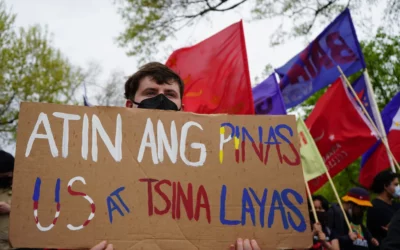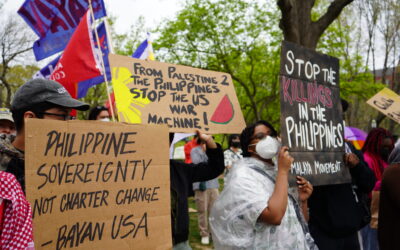“The case numbers they are presenting is not accurate. How can you tell if the number of cases did not double today if the test result will come out in at least two weeks?” San Pedro said.
By JANESS ANN J. ELLAO
Bulatlat.com
 MANILA – A community doctor raised possible data gaps on how the Philippine government is detecting and isolating suspected and probable COVID-19 cases with testing centers mostly located in Metro Manila.
MANILA – A community doctor raised possible data gaps on how the Philippine government is detecting and isolating suspected and probable COVID-19 cases with testing centers mostly located in Metro Manila.
In a live webinar today, community medicine practitioner Josh San Pedro of the Coalition of People’s Right to Health said of the 22 accredited testing centers, only five are located outside Metro Manila.
Two regions – Region 4-B , which includes provinces of Mindoro, Marinduque, Romblon, and Palawan (Mimaropa), and the Bangsamoro Autonomous Region of Muslim Mindanao – have no testing centers.
Per the Department of Health, Region 4-B has 14 confirmed cases and two deaths. BARMM, on the other hand, has no active cases as of this writing but has recorded four deaths and seven recoveries.
This, along with shortage in both testing kits and health workers who are trained in biosafety, is contributing to the slow turnaround of test results.
“The case numbers they are presenting is not accurate. How can you tell if the number of cases did not double today if the test result will come out in at least two weeks?” San Pedro said.
Case doubling rate and the number of patients needing critical care are among the conditions needed to ease from a lockdown to a general community quarantine.
As of May 1, 2020, the health department said 103,692 unique individuals were tested. Nearly half of this, about 44,876 were carried out by the Research Institute for Tropical Medicine (RITM). This is still way below the health department’s own target number of testings per day.
San Pedro called for more testing centers, a more efficient contact tracing, mass hiring of health workers, and social protection for those severely affected.










0 Comments